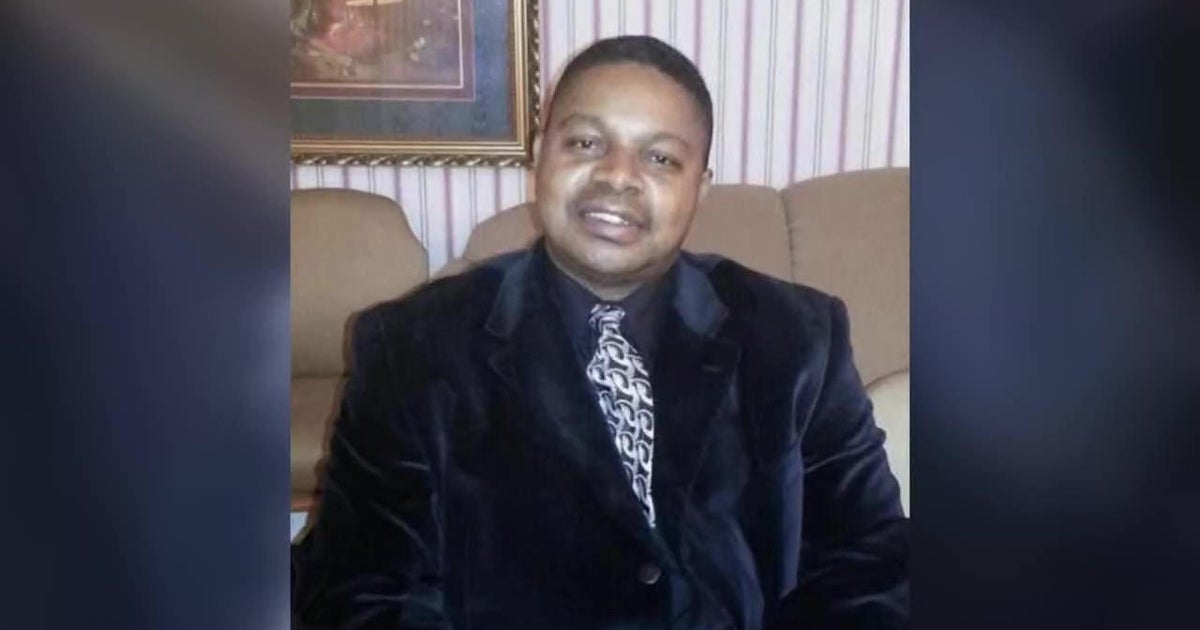CBS2 Gets Action: City To Double Number Of Drop-In Centers For Homeless
NEW YORK (CBSNewYork) -- CBS2 demanded answers and was getting action Monday, with the city agreeing to double the number of drop-in centers for the homeless.
The $8.5 million-a-year plan by Mayor Bill de Blasio's administration, which followed CBS2's reporting on the subject, will open three new drop-in centers in Manhattan, Brooklyn and Queens. It will also take over funding for a current Department of Housing and Urban Development-funded drop-in center in the Bronx, run by community services group BronxWorks.
The new drop-in centers will add to the city's four existing locations in Manhattan, Staten Island and Brooklyn. According to the de Blasio administration, the city's four existing centers serve an average of 454 clients daily, with an average of 128 overnight clients.
As CBS2's Dick Brennan reported, drop-in centers are not shelters, but they can be short-term solutions for homeless people.
"Drop-ins can be a weigh station to help connect with people who are reluctant to come in off the streets and give an opportunity for trained outreach staff to speak to people in a setting off the streets, to give case management services, and help connect them back on a pathway towards shelter and permanent housing," Human Resources Administration Commissioner Steven Banks said.
Banks said drop-in centers provide food, showers and medical care in a temporary environment which is typically less structured than traditional homeless shelters -- a space that could potentially be more appealing to the homeless who shy away from shelter situations. Drop-in centers also provide resources like case management and housing placement services.
"To ensure maximum coordination and to make it as easy as possible for homeless New Yorkers to go to the Drop-In Centers, the City's existing Outreach Team providers will run these Centers," Banks said in a statement.
If the remarks in favor of drop-in centers sound familiar, it is because CBS2 reported on them first. CBS2's cameras took you exclusively inside some drop-in centers weeks ago, and Political Reporter Marcia Kramer reported on them all the way back on Dec. 17.
CBS2 consultant Robert Mascali said at that time that during the Bloomberg administration, the city cut the number of drop-in centers in half. Mascali said at the time that the city should increase current capacity from 500 to 1,000 per day.
CBS2 kept up the pressure on the city until getting action on Monday.
"I'm thrilled that the mayor has decided to accept our recommendation – mine and CBS' – to increase the number of drop-in centers. They are an oasis for the street homeless," said Mascali, a former deputy commissioner of the Department of Homeless services.
Mascali said increasing drop-in centers are crucial alternative to for homeless people who are afraid of shelters.
"They are not afraid to go into drop-in centers because they're open-air facilities; surrounded by people, well-lit, getting food; clothing; showers; medical care," he said.
An operator also explained the kinds of guidance the centers can provide for the homeless.
"It's about, 'Come inside, sit down, take a load off, and then the staff there will start to engage you about what's available," said Joe Hallmark of the Goddard Riverside Community Center.
After much prodding by CBS2, the city is now moving on several fronts to fight homelessness.
Mayor de Blasio unveiled HOME-STAT, or Homeless Outreach and Mobile Engagement Street Action Team, in December. When the plan was revealed, de Blaiso said HOME-STAT, which is being funded with existing DHS dollars, will be fully operational by March.
"Drop-in centers are a proven strategy to help convince people to come in off the street," Banks said. "So much of the focus has been, in recent periods, on the importance of bringing in people off the streets and this is one of the tools that helps us do that."
In November, De Blasio unveiled a $2.6 billion homeless program. It aims to create 15,000 new housing units for the homeless over the next 15 years and offer social services such as mental and physical health care, and substance abuse programs.
But Mascali said the actions are not enough.
"This is hard to play catch-up with," Mascali said. "It's not like other city services like plowing streets or filling potholes. Playing catch-up with the homeless is very difficult thing to do."
According to the de Blasio administration, New York City previously had nine operating shelters, but five were closed between 2008 and 2010.



